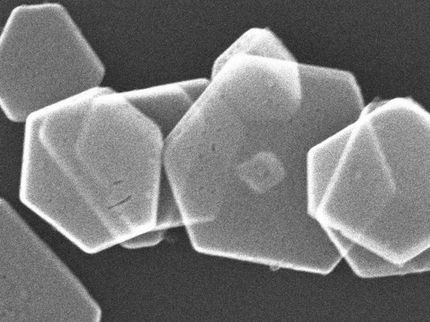Effects of sticky ends
Advertisement
Japanese scientists have investigated the self-assembled synthesis of DNA nanostructures using direct observation of charge transfer kinetics. Tetsuro Majima, Kiyohiko Kawai and colleagues from Osaka University made photosensitizer modified and charge acceptor modified DNA with different lengths of 'sticky end'.
Sticky ends are single strand sections of DNA which 'work as glue' for nanostructure assembly. Majima and colleagues investigated the effects of changing the length of sticky ends on the assembly of nanostructures, by direct observation of the charge transfer kinetics.
Charge transfer has been shown previously to occur between strands through adenine to its paired guanine, and along strands by guanine hopping. The charge transfer should therefore not occur between unattached segments. After exciting the photosensitizer modified DNA via laser, they watched for the charge acceptor to form a radical cation to indicate assembly. Formation of the radical cation occurred at 590 nm.
The major challenge in this area for the future is to examine the conductivity of DNA nanostructures according to Majima. The next step in their lab will be to investigate the charge transfer in DNA segments constructed by cross-over DNA.
Original publication: Y. Osakada et al, Chem. Commun., 2008.
Most read news
Organizations
Other news from the department science

Get the life science industry in your inbox
By submitting this form you agree that LUMITOS AG will send you the newsletter(s) selected above by email. Your data will not be passed on to third parties. Your data will be stored and processed in accordance with our data protection regulations. LUMITOS may contact you by email for the purpose of advertising or market and opinion surveys. You can revoke your consent at any time without giving reasons to LUMITOS AG, Ernst-Augustin-Str. 2, 12489 Berlin, Germany or by e-mail at revoke@lumitos.com with effect for the future. In addition, each email contains a link to unsubscribe from the corresponding newsletter.


























































